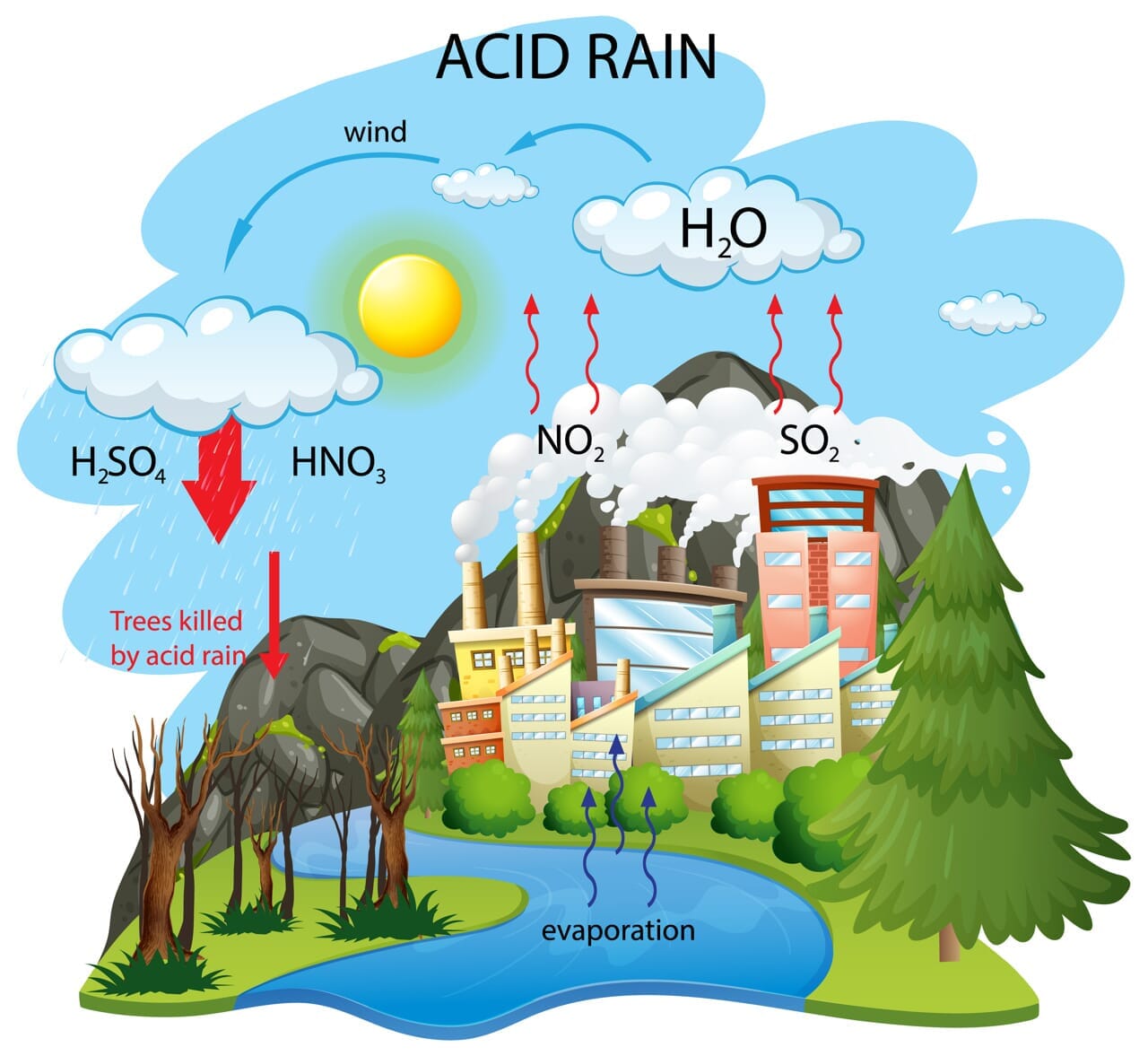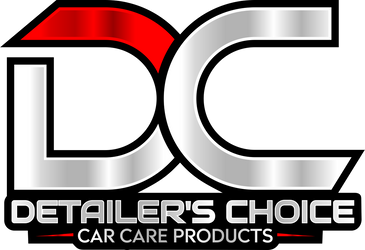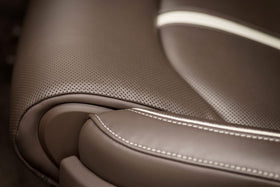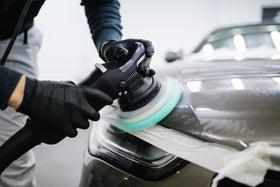
How Acid Rain Affects Cars and How to Prevent Damage
What is Acid Rain?
Acid rain is a type of environmental damage that occurs when acidic compounds, such as sulfur dioxide and nitrogen oxides, react with rainwater, snow, and other forms of precipitation. These compounds are released into the atmosphere as a result of human activities such as burning fossil fuels, and they can be carried by the wind over long distances.

When acid rain falls on the ground, it can have a variety of harmful effects on the environment, including damaging crops, forests, and bodies of water. Acid rain can also cause damage to man-made structures such as buildings and cars, particularly those with metal or painted surfaces.

How Does Acid Rain Affect Cars?
Acid rain can be particularly harmful to cars, as the acidic compounds can react with the paint and metal surfaces of the vehicle. This can cause the paint to fade, chip, or peel, and can also lead to rust and corrosion of the metal components.

Over time, acid rain damage can significantly reduce the value of a vehicle and make it look unsightly. In severe cases, it can also compromise the safety and integrity of the vehicle's structure.
How Can You Protect Your Vehicle?
Fortunately, there are a number of steps you can take to protect your vehicle from the effects of acid rain:
-
Regular Cleaning: Regularly washing your vehicle can help remove any acidic residue that may have accumulated on the surface. It's recommended to use a car shampoo that is designed to be gentle on the paintwork.
-
Wax or Sealant: Applying a layer of wax or sealant to the surface of the vehicle can help create a protective barrier that prevents acid rain from reaching the paint and metal surfaces. Wax or sealant should be applied every few months to maintain its effectiveness.
-
Ceramic Coating: Ceramic coating is a popular option for protecting vehicle paintwork from acid rain. It is a clear, liquid polymer that is applied to the surface of the vehicle and creates a durable, hydrophobic barrier that repels water and prevents contaminants from adhering to the surface. Ceramic coating is more expensive than wax or sealant, but it provides longer-lasting protection.
-
Garage Parking: Parking your vehicle in a garage or carport can protect it from the effects of acid rain. This is particularly important if you live in an area that is prone to high levels of acid rain.
-
Prompt Repairs: If you notice any signs of damage to the paint or metal surfaces of your vehicle, it's important to address the issue promptly to prevent further damage from occurring. Small chips and scratches can quickly turn into bigger problems if left untreated.

Acid Rain Issues in Some Regions
Acid rain is a problem in many regions around the world, particularly those with high levels of industrial activity and traffic emissions. Some regions that are particularly affected by acid rain include the northeastern United States, parts of Europe, and parts of Asia.
Efforts to address the issue of acid rain have included regulations on industrial emissions, the promotion of alternative energy sources, and public education campaigns to raise awareness of the issue. While these efforts have helped to reduce the amount of acid rain in some areas, there is still much work to be done to fully address the issue.

Conclusion
Acid rain can cause significant damage to vehicles, but there are steps you can take to protect your vehicle from its effects. Regular cleaning, the application of wax or sealant, and the use of ceramic coatings can all help prevent damage from occurring. If you live in an area that is particularly prone to acid rain, it's also a good idea to park your vehicle in a garage or carport and to address any signs of damage promptly.




Leave a comment